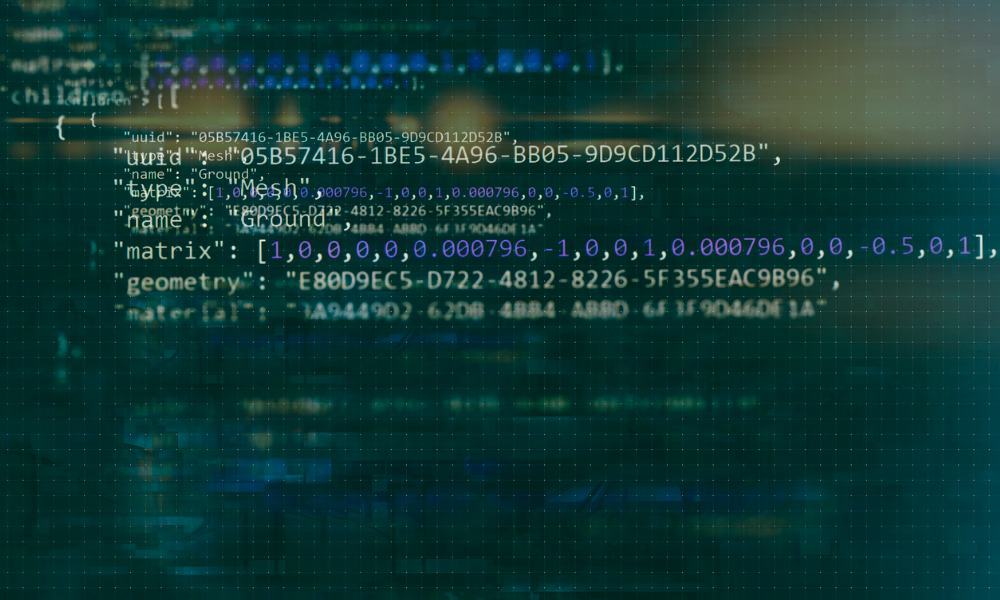How to Fix PowerShell Not Launching on Windows 11

PowerShell is a great replacement for the command prompt—if it works. If you can’t launch PowerShell on Windows, follow this guide to fix it.
PowerShell is a powerful command-line tool on Windows that allows you to manage your PC with ease. It’s pre-installed on Windows 10 and 11, but what if PowerShell won’t launch on your Windows 11?
Multiple factors can cause this issue, like the PowerShell.exe file relocating to another directory, corrupt system files, or accidentally disabling the application.
Whatever the reason, we’ll show you some ways you can fix the problem when PowerShell doesn’t launch on Windows 11.
Enable PowerShell
When you enable features on Windows 11 like Hyper-V for a VM, for example, you might end up disabling PowerShell in the Windows Features settings menu.
Luckily, checking that PowerShell is enabled is straightforward using these steps.
To ensure PowerShell is enabled on Windows 11:
- Hit the Windows key + R keyboard shortcut to launch the Run dialog.
- Type in OptionalFeatures and click OK or press Enter.


- When the Optional Features window launches, scroll down and make sure the Windows PowerShell option is checked. If it isn’t checked, enable the option and click the Windows PowerShell 2.0 option. It will require a Windows 11 restart to complete the process.


Once PowerShell is on, try relaunching it from the Start menu, and you should be good to go.
Use Alternate Ways to Start PowerShell
The PowerShell utility doesn’t have to be launched from the Start menu. So, there are other ways you can try to get it running, like using the Run dialog or File Explorer.
To launch PowerShell from Run:
- Press Windows key + R to launch the Run dialog.
- Type PowerShell (or powershell.exe), click OK or press Enter to see if it launches.


To launch PowerShell from File Explorer:
- Click the File Explorer icon (yellow folder) from the Taskbar.
- Navigate to the following path:
C:\Windows\System32\WindowsPowerShell\v1.0
- Find the PowerShell executable file and double-click to launch it.


Use the Command Prompt
The Command Prompt is the legacy command line tool for managing your system. However, it’s still available, and you can use it to launch the PowerShell terminal.
To launch PowerShell from the Command Prompt:
- Press the Windows key to launch the Start menu and type CMD.
- Click the Command Prompt app from the top under the Best match section.
Note: Run Command Prompt as Administrator if you want PowerShell to open with elevated privileges.

- In the prompt, type start PowerShell and hit Enter.


PowerShell will launch, and you can begin plugging in your important codes and commands there instead.
Update the PowerShell App
While Windows 11 generally does a good job of keeping apps up to date, it’s not always perfect. For example, a bug could be causing PowerShell not to launch, and an update can resolve the issue.
To update PowerShell on Windows 11:
- Launch the Microsoft Store from the Taskbar or Start menu.


- When the Store opens, type PowerShell in the search field at the top.


- When the app shows up, click the Get or Update button to update or install. Once complete, launch PowerShell.exe to ensure it works.
Run DISM and SFC Scans
Another possible cause of PowerShell not launching is corrupt or missing system files. Microsoft includes SFC and DISM utilities in Windows that can be run from the command line and fix system file issues.
Since the PowerShell terminal isn’t launching, you can run both scans via the Command Prompt to fix PowerShell not launching.
To run SFC and DISM scans on Windows 11:
- Press the Windows key, type CMD, and choose the Run as Administrator option on the right.


- To run an SFC scan, run the following command:
sfc /scannow
- Once the SFC scan is complete, do a DISM scan by running the following:
DISM /Online /Cleanup-Image /RestoreHealth


These utilities will check for corrupt and missing files and repair and replace them with known working files from Microsoft servers.
Note that the scan can take a while to complete, and times will vary between systems. And after the DISM scan is complete, close out of the Command Prompt, restart Windows 11, and hopefully, PowerShell will launch successfully.
Fixing Problems on Windows 11
If you use the PowerShell terminal to manage your files, system functions, and other data, it’s irksome when it doesn’t launch. Luckily, using one of the above solutions should fix PowerShell not launching.
Another option is doing a clean boot to eliminate potentially conflicting apps and services. If that doesn’t work, start Windows 11 in Safe Mode and see if it works. And if it still doesn’t work, try to recover your PC using System Restore.
Are you having trouble with other parts of Windows 11? Check out how to fix a black screen, or if your GPU isn’t performing correctly, learn to fix high GPU usage on Windows 11. Or, you might need to fix a missing login screen on Windows.
Leave a Reply
Leave a Reply






